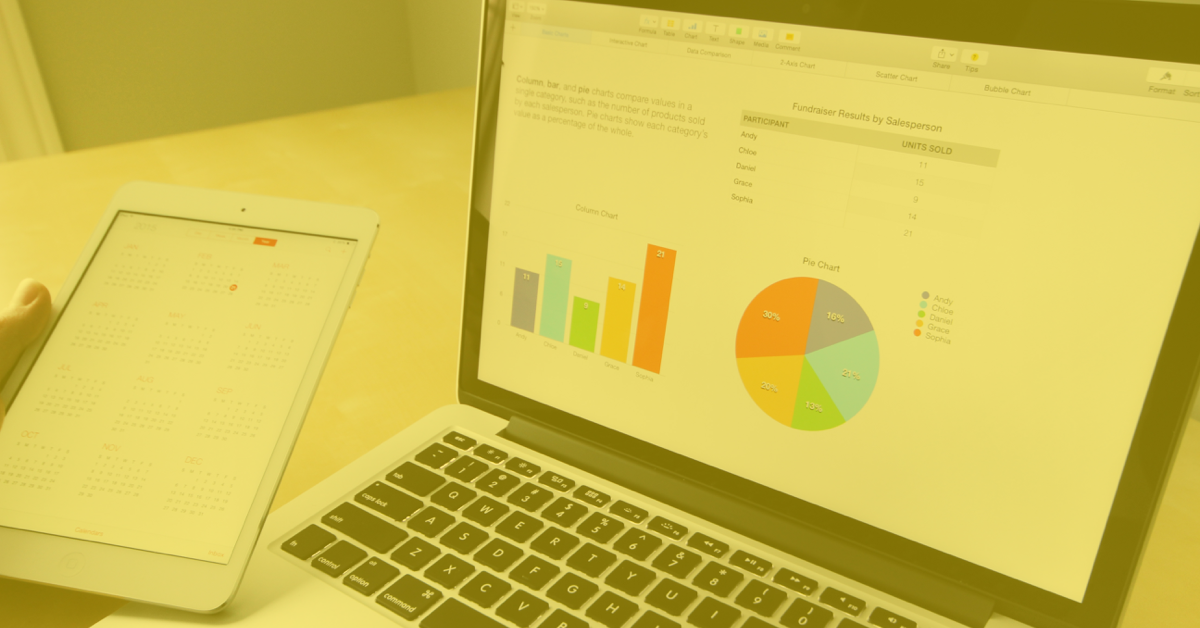Designing Your Data Strategy for 2024
“The best way to predict the future is to create it.” – Peter Drucker

In the 1992 film Sneakers, Cosmo (played by Ben Kingsly) uttered, “The world isn’t run by money anymore. It’s run by little ones and zeroes, little bits of data.” Thirty years later, this quote couldn’t be more apropos.
In today's competitive insurance landscape, it is data that reigns supreme. From hitting growth targets to saving money, how brokers dissect data has never been more critical. One statistic from KPMG has shown organizations can cut costs by an average of 15% just through effective data analytics. And that’s just the tip of the iceberg.
Brokers have a nearly immeasurable volume of data, with 60% to 73% remaining untapped. This challenge of mining information effectively is real for middle-market property and casualty executives, principals, directors, and managers seeking an edge within the market.
To thrive in this data-rich environment, brokers must transform data into actionable insights while maintaining effective communication with their insurance partners. This is where data distillation becomes crucial. It's not just a luxury; it's a competitive necessity.

In the insurance world, proper data distillation is a reliable guide for brokers navigating the daily influx of information. Data distillation is refining unwieldy, raw data into a concentrated, usable form. In practical terms, it involves extracting crucial insights, trends, and patterns from massive datasets.
Neglecting proper data distillation comes with significant risks, particularly for insurance brokers. Imagine grappling with a deluge of unprocessed data, including policyholder information, claims data, and market trends. Without distillation, this wealth of data becomes burdensome, obscuring vital information that impedes decision-making.
To illustrate, consider an insurance broker assessing risk for a client. Without data distillation, they'd be overwhelmed by a torrent of information—past claims, demographics, market fluctuations—without a clear path forward. This confusion leads to inefficiency and increases the chances of missed opportunities, like identifying emerging risks or optimizing client coverage.
The risk of working with undistilled data stretches well beyond just efficiency metrics, as decisions made by brokers carry profound consequences for their clients when claims are filed. Data distillation guides professionals toward clarity and confidence in coverage selection without the latency found in outdated systems. And while meeting clients' needs is paramount, the added benefit of fully utilized data is increased profitability.
Data distillation can be accomplished with different approaches that extract valuable insights from a vast data set. Each available technique serves a distinct purpose, empowering insurance brokers to make informed decisions with precision. Here are the key methods at your disposal:
Even taking a few small steps into the data distillation journey can significantly impact your insurance business, while a broader data strategy can revolutionize your organization. These techniques are the keys to unlocking actionable insights, streamlining decision-making, and gaining a competitive edge.

Data distillation is not merely a technical process; it's a transformative strategy that can allow insurance brokers to thrive in a data-rich environment. By properly distilling their data, brokers can unlock many advantages and help create the often-elusive competitive moat.
Competitive Advantage
Brokers who harness data distillation gain a competitive edge with the ability to adapt to market shifts swiftly, identify emerging risks, and provide innovative solutions. Combined, brokers can set themselves apart in an ever-crowding field.
Operational Efficiencies
Efficiency is key in the insurance industry. Data distillation simplifies data management, reducing manual efforts, reducing errors, eliminating duplication, and accelerating processes such as claims handling, underwriting, and policy issuance. The result is lowered labor costs and increased margins.
Tailored Customer Experiences
With distilled data, brokers can understand their clients on a deeper level. This allows for personalized offerings and responsive customer service. Prospecting opportunities can accelerate with the ability to access exposures and potential solutions faster.
Better Coverage, Lower Premiums
Distilled data provides insurance brokers with clear, actionable insights. This enables them to make informed decisions regarding risk assessment, policy pricing, and coverage optimization, ultimately benefiting clients and insurers leading to higher retention rates.
Data distillation offers insurance brokers a powerful tool to stay ahead in a competitive market. It's not just about data management; it's about delivering exceptional service, maximizing efficiency, and building a reputation as an industry leader.
Data distillation's advantages are not just theoretical; they translate into tangible successes for brokers who embrace this transformative approach.
Consider the case of a mid-sized insurance brokerage specializing in commercial property coverage. By implementing data distillation techniques, they streamlined their underwriting processes, reducing manual efforts by 30%. This increased operational efficiency enabled their brokers to respond faster to clients, improving customer satisfaction and retention rates. The result was higher profitability for the broker.
Mastering data distillation begins by defining clear objectives and cleaning up data sets. Then it is a matter of finding the best tools and technologies to support your data distillation efforts and transforming them into usable visual formats such as charts, graphs, and dashboards. From there, as they say, the world becomes your oyster.

“The best way to predict the future is to create it.” – Peter Drucker

During the Vietnam War, a joint mission between the US Navy's SEALs and the Army's Special Forces, code-named "Operation Ivory Coast," targeted a...

The insurance broker is facing a day of digital reckoning. Paper tigers stalk cubicles, manual processes drain energy, and the insatiable roar of the...